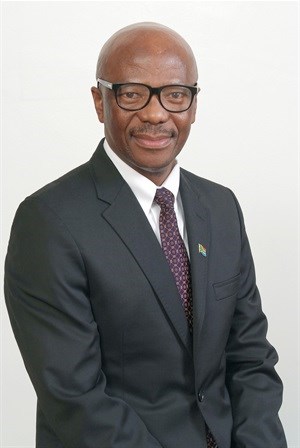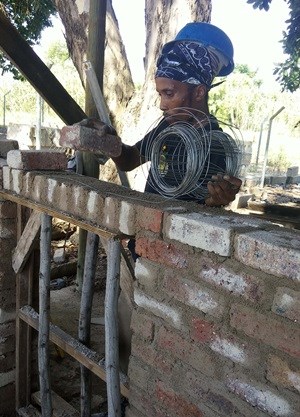
Top stories




Corobrik commercial director Musa Shangase shared with us how the brick manufacturer ensures its CSI initiatives are sustainable, what the long-term goals of its training programmes are, and how it has invested in technology to reduce its carbon footprint.
Musa Shangase: At Corobrik, we have long put the sustainability of the business at the heart of everything we do. This has required that we continuously work at getting the balance right between our value proposition to underpin Corobrik’s financial integrity in an ever-changing business environment, and the importance of advancing employment opportunities, building a sense of common cause within the communities in which we operate, and conducting our business in a manner that addresses the importance of the need to tread responsibly on our planet.
Shangase: Very important, indeed, as our CSR strategy is intimately tied into the business’s strategy and business strategy is all about developing and presenting the Corobrik brand value proposition in a manner that is consistent, understandable, and positively emotive. When one gets it right, CSR actions can resonate positively with a variety of audiences and communities, ensuring CSR ‘returns’ are broad-based for the cost.
Shangase: Corobrik, in its selection of CSI initiatives, endeavours to involve itself with projects that support skills development, employment opportunity and social upliftment where core competencies are in place to underpin continuity.
Corobrik measures and monitors outputs and outcomes of CSI projects by conducting impact assessments. Projects are evaluated based on, for example, time, within the budget, meeting objectives, and ensuring that a project has real benefits. It is important for Corobrik to see the change that has occurred, the impact it has on beneficiaries’ lives and circumstances over time.
Shangase: Technology plays a major role in factory operations, particularly in the realm of firing of bricks and pavers. Cleaner firing technologies with respect to gas is possibly Corobrik’s most significant investment from a fuel perspective. Other improvements related to this include upgrades to the burning systems, actual kiln insulation and kiln car decks. Another major area is in the reduction of electrical consumption through the introduction of variable speed drive motors. Other less exciting advances include the replacement of conventional florescent and incandescent lighting with LEDs.
Shangase: They are all interlinked. It begins with urban design – design that is appropriate for the users of such urban spaces to feel comfortable in, and with propensity to accommodate the needs of a changing society over time. Architects in today’s context are about designing and specifying enduring, functional and eco-friendly buildings for people to sleep, work and play. A choice of building materials and technologies that are able to cost effectively advance sustainability within the design are key.

Shangase: Corobrik has trained communities from disadvantaged areas on brick laying programmes and some of the success stories are that of emerging small companies specialising in brick laying in the Western Cape. A learnership is underway to equip people with mental challenges to grow vegetables.
In addition, training courses are held for members of the community living around factories in Gauteng, the Western Cape and KwaZulu-Natal. Once trained, graduates can either obtain employment, or use their skills to improve the lives of fellow community members. Apprenticeships are offered at most factories.
Children of staff apply for bursaries to study post-matric qualifications. Factories offer a member of the local community a bursary to study a recognised qualification. On completion, if the course is relevant to the company, the person can be offered employment.
Shangase: In Gauteng, staff will visit Little Eden in Edenvale to spend time with children and adults with profound intellectual disabilities. Mandela Day calls on us all, every day, to make the world a better place. Each year on 18 July we look back on what has been done, and forward to what will be done.
